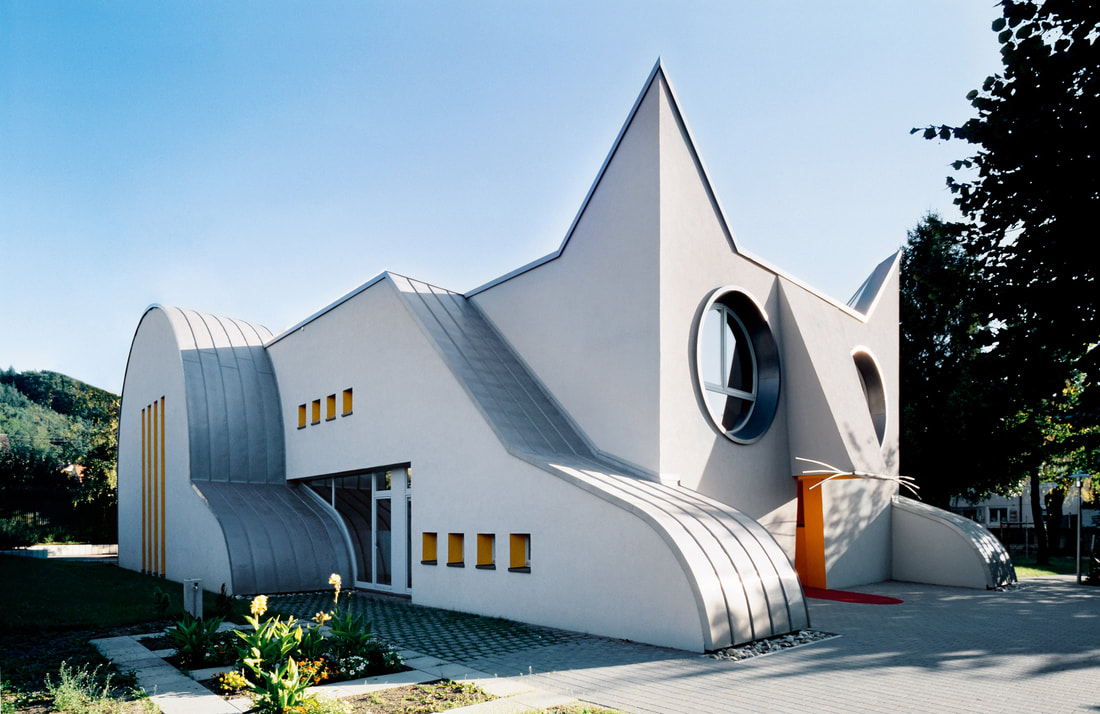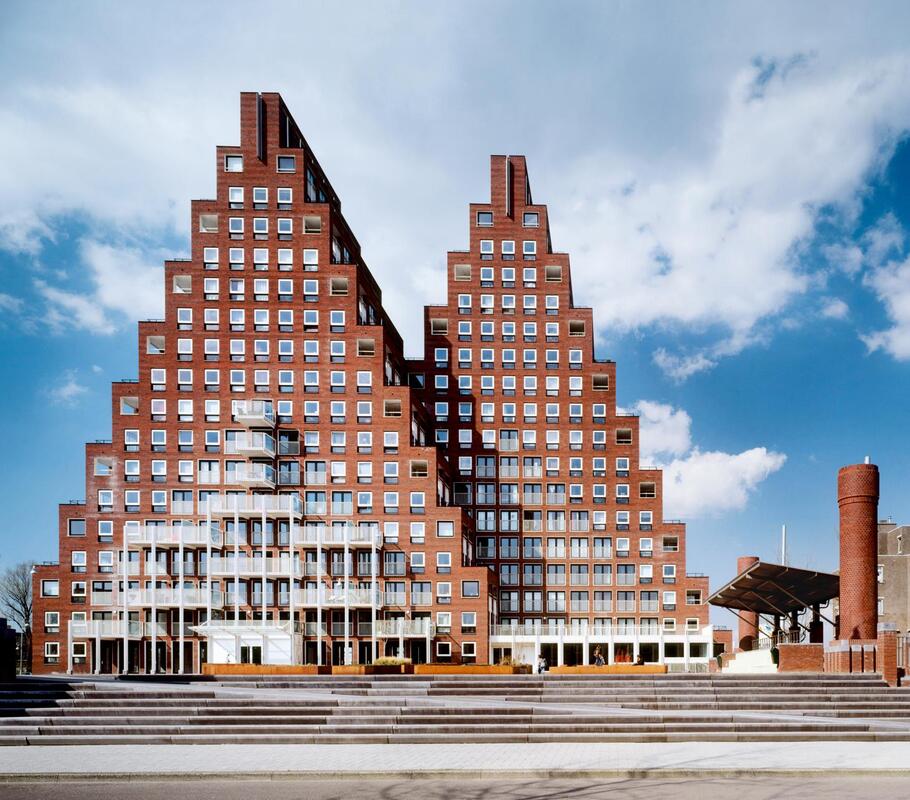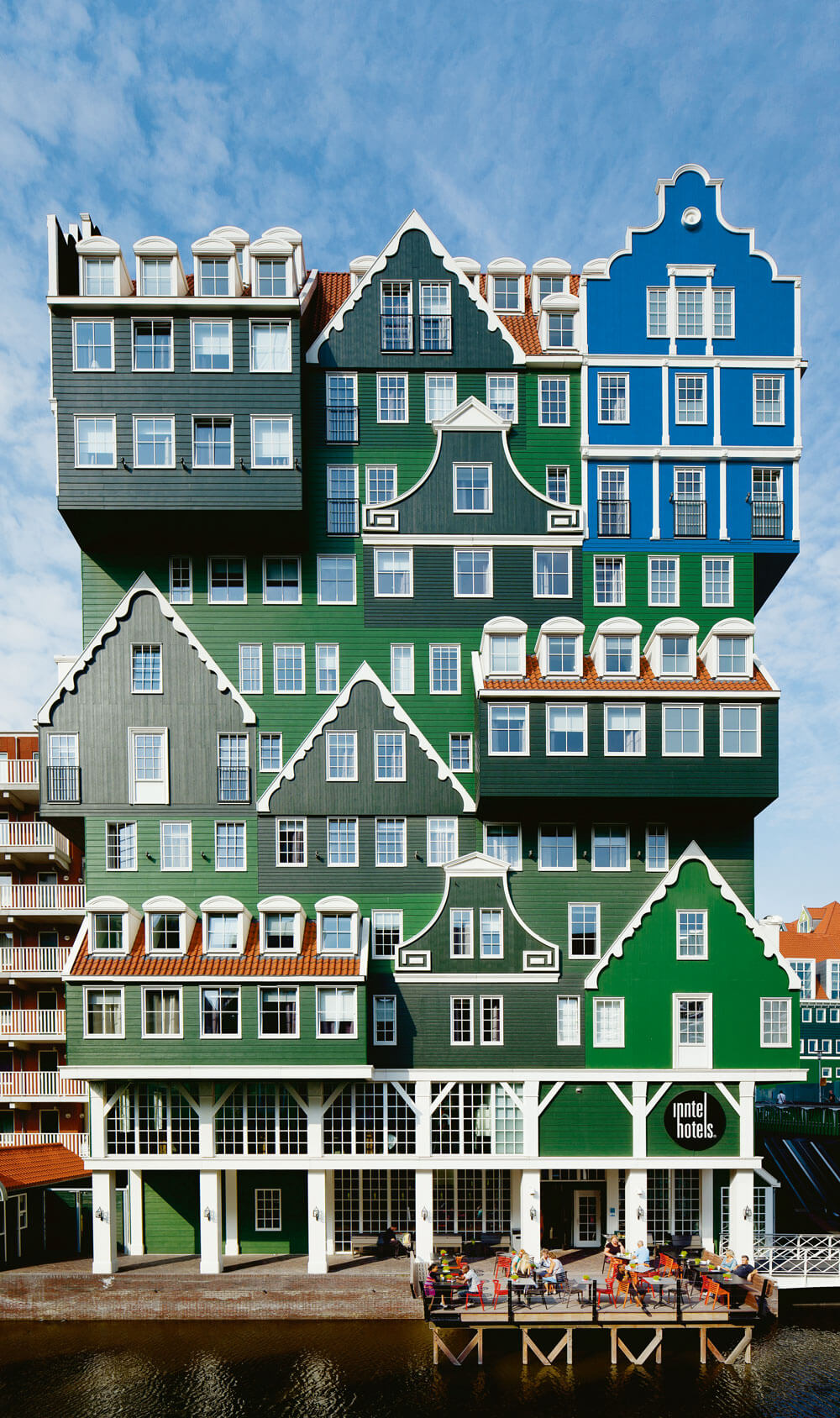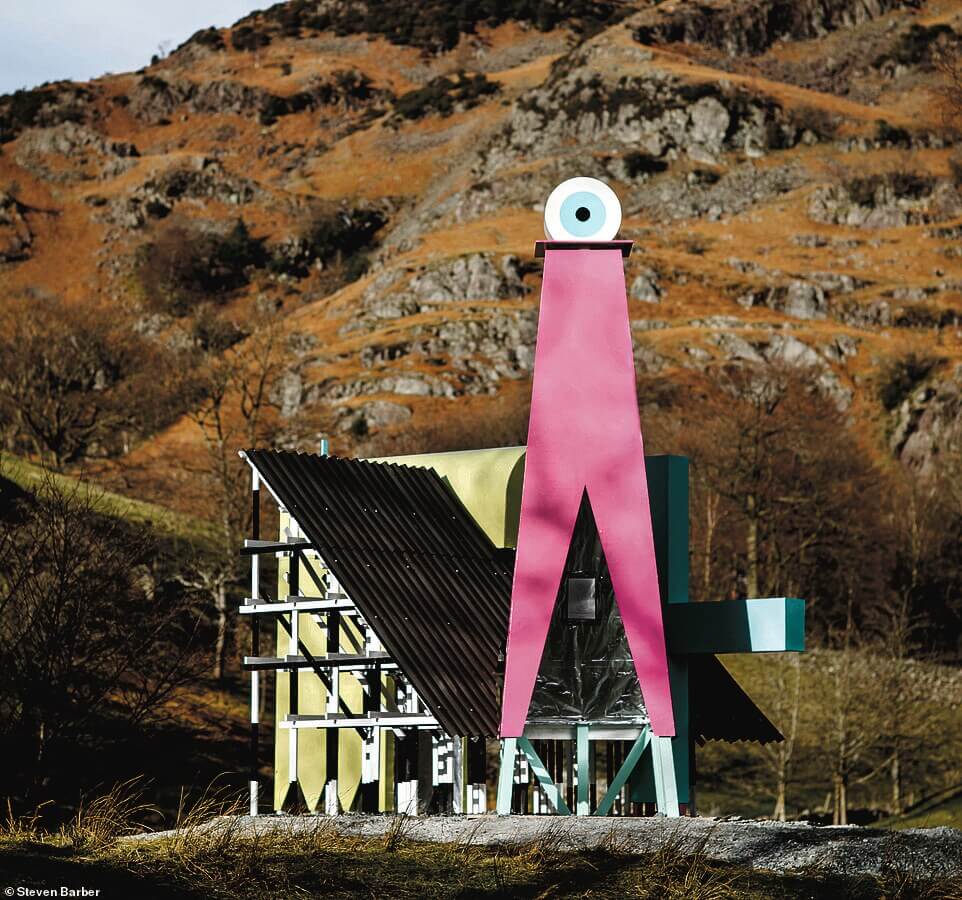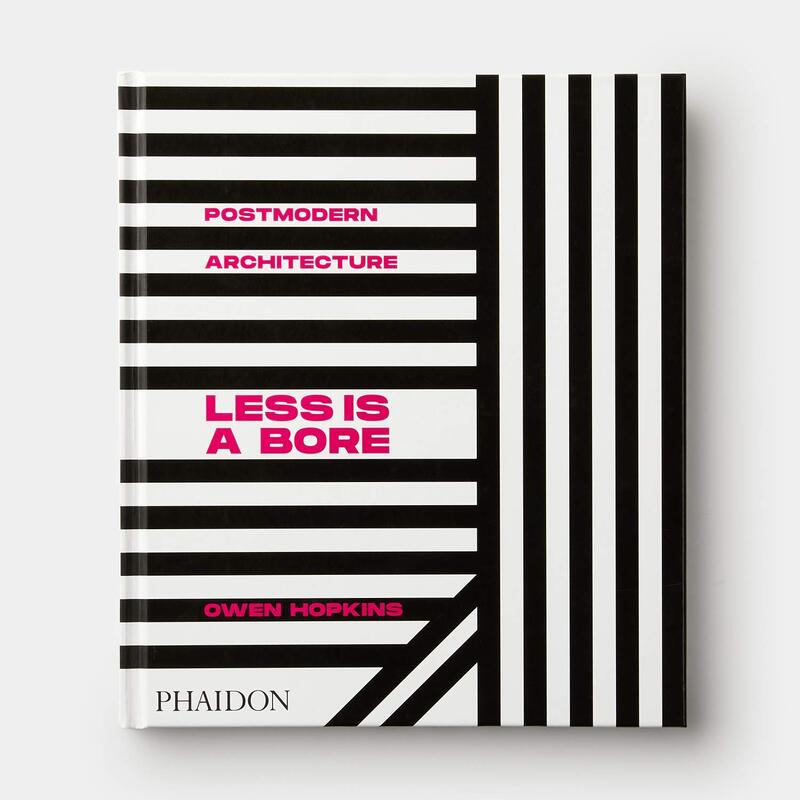A new book ‘Postmodernism Architecture: Less is a Bore’ by Owen Hopkins (published by Phaidon) comes to present the glory of the Postmodernist motto, by looking at buildings which embody the key concepts of the Movement: color, ornaments, bold forms, classical references. The high quality images of the two hundred buildings from across the globe, built not only during the height of the Movement, between the 60s and the 80s, but also later on, are grouped by quotations from figures associated with postmodernism. These fantastic images are meant to attain heroic status to the short-lived, but super influential Movement. But could this remarkable presentation make us love this architecture (again)?
Robert Venturi, the iconoclastic architect, also considered the Father of Postmodernism, was a daring, brilliant architect who left his mark on 20th-century architecture. Not because he built that much, but because he advocated the theory of postmodern architecture in his 1966 classic manifesto ‘Complexisity and Contradiction in Architecture,’ where he declared ‘Less is a Bore,’ disregarding Mies’ concepts and giving a legitimacy to new voices in the world of design and architecture.
The controversial and radical Movement, which came to shatter established conventions, has been the subject of endless publications and exhibitions. So why now? The power of this book is the photography which demonstrates the multifaceted style in the most compelling images, and yes, they attain heroic status to the featured buildings. I just wish the text was in larger fonts, because this way, its almost impossible to read.

